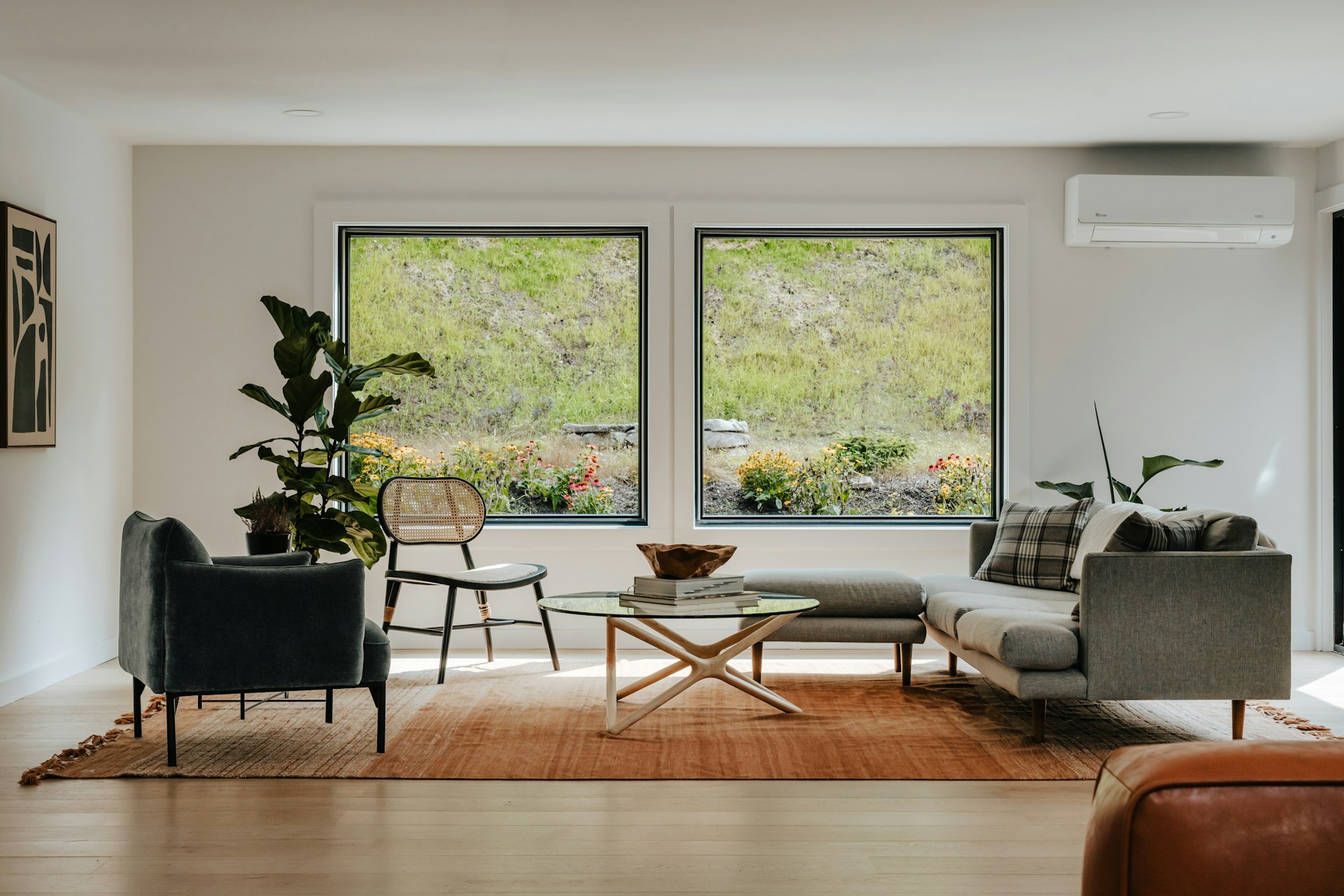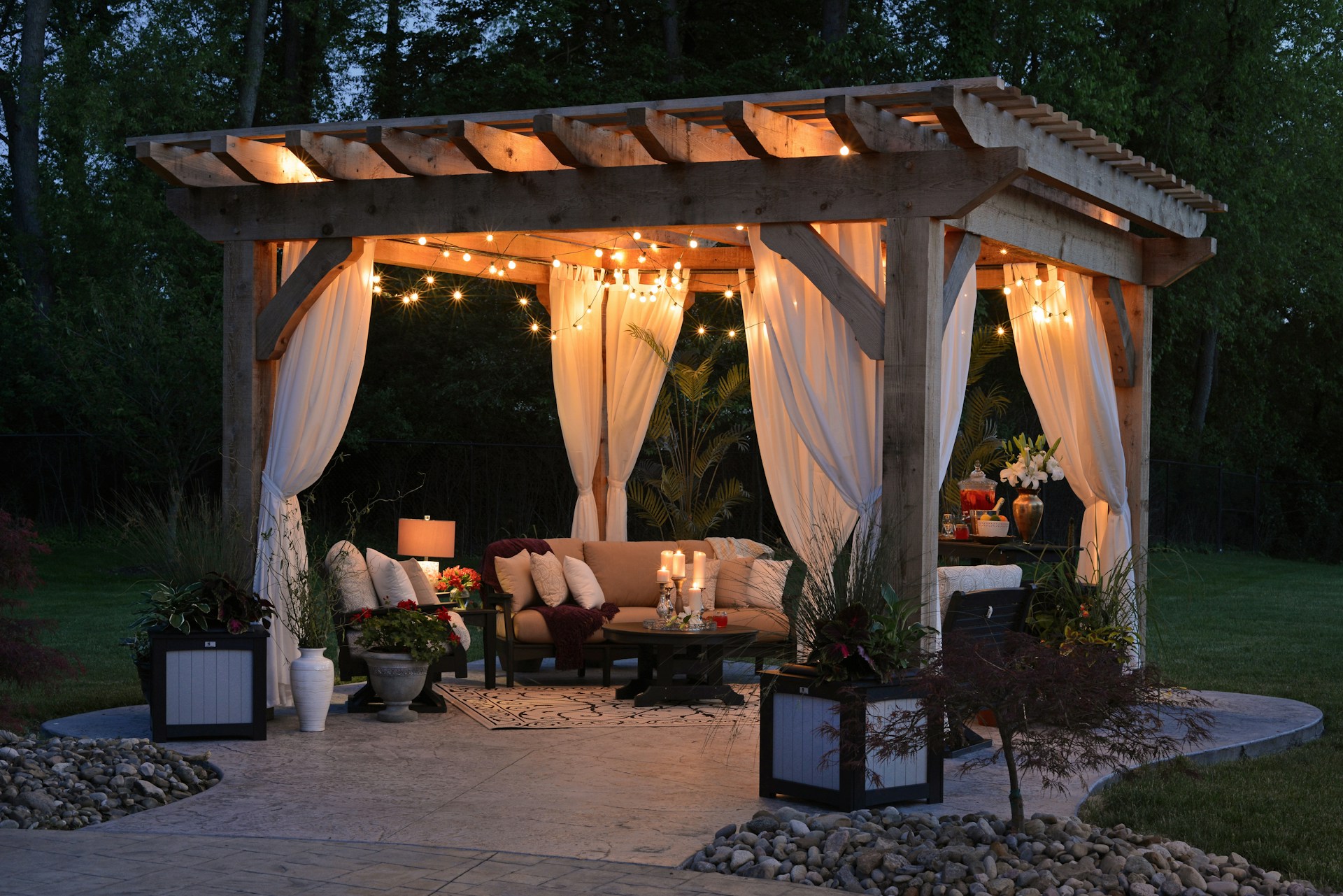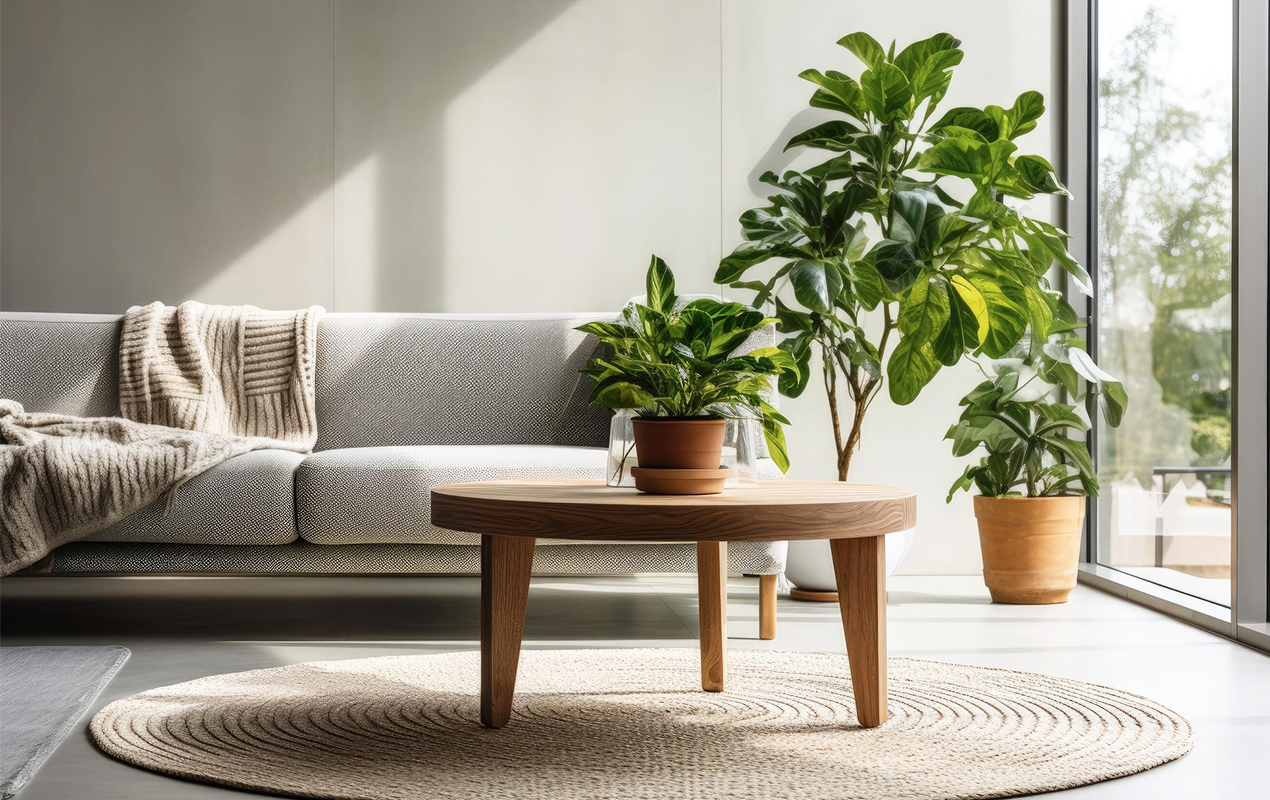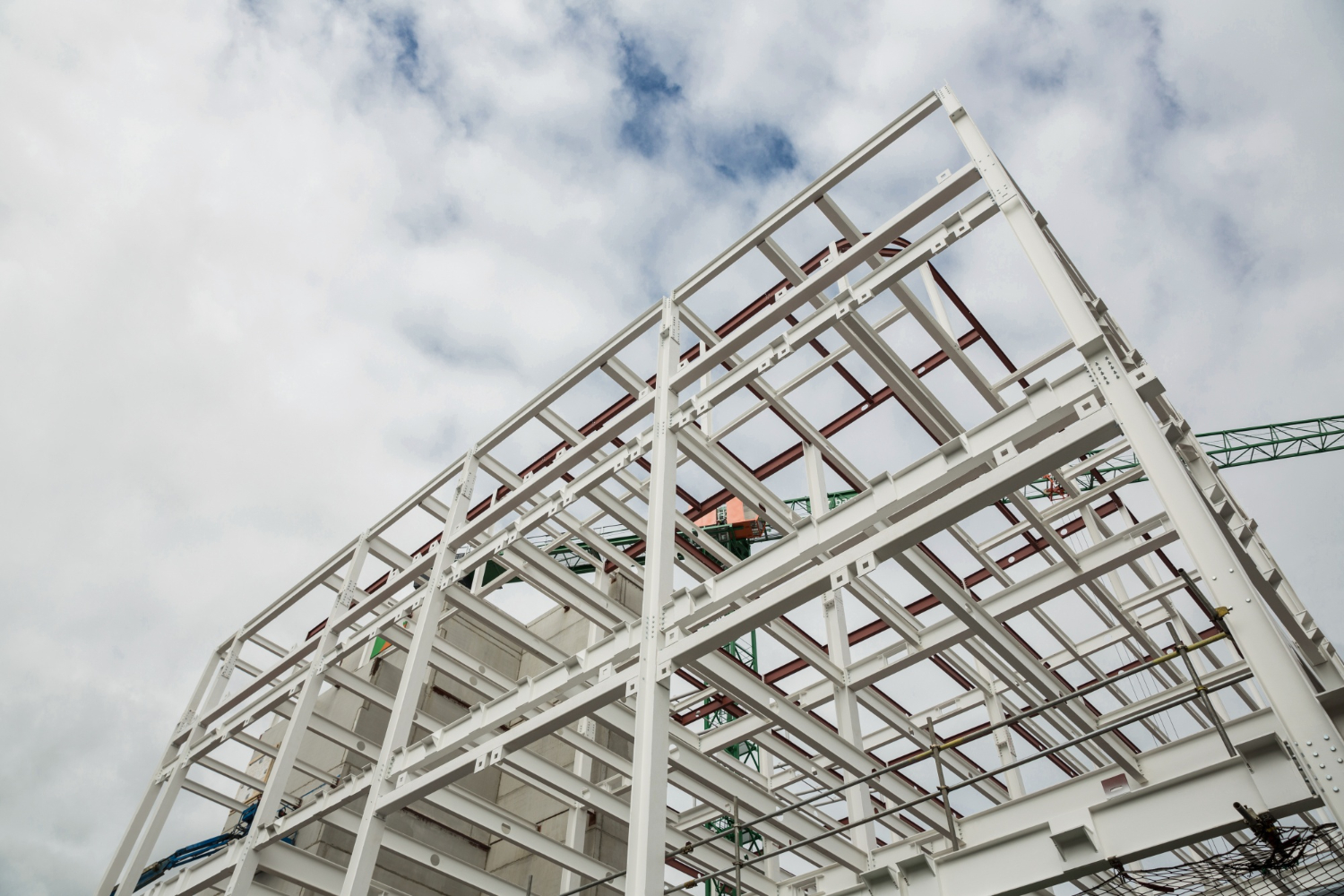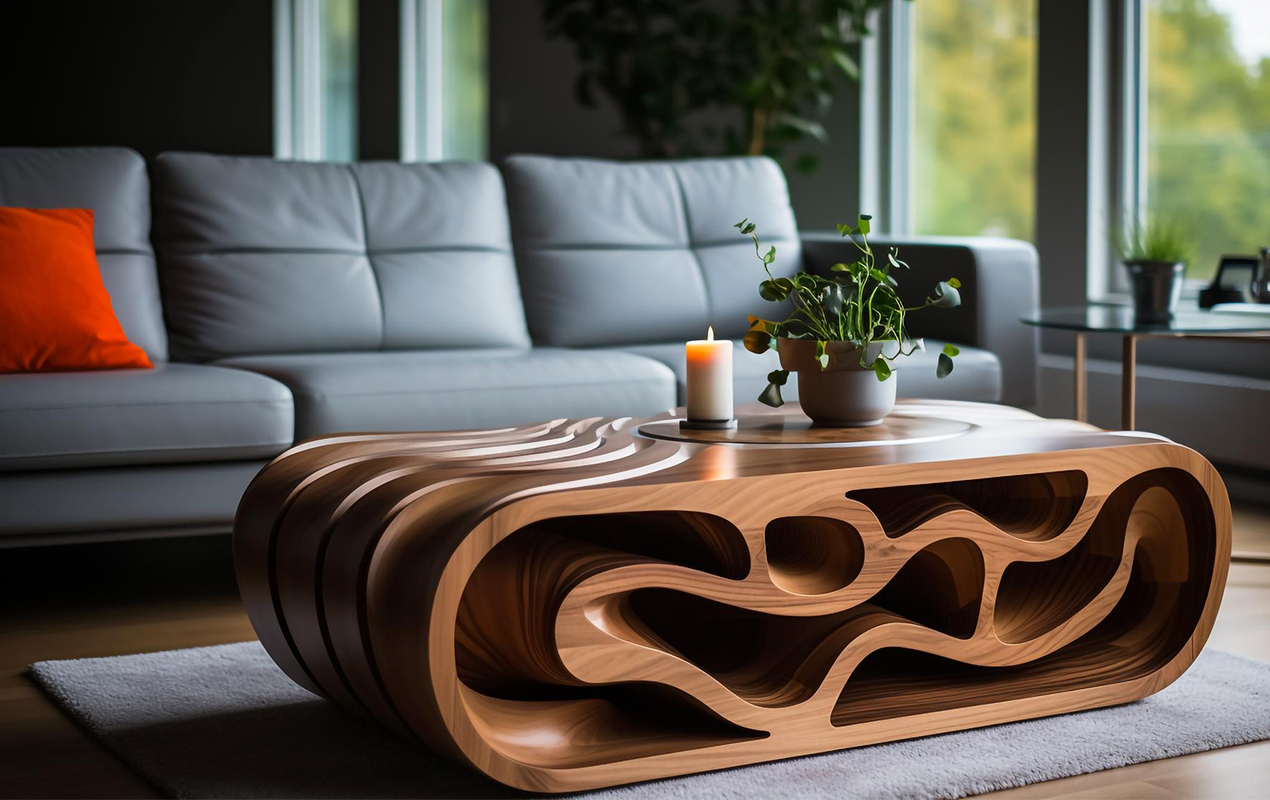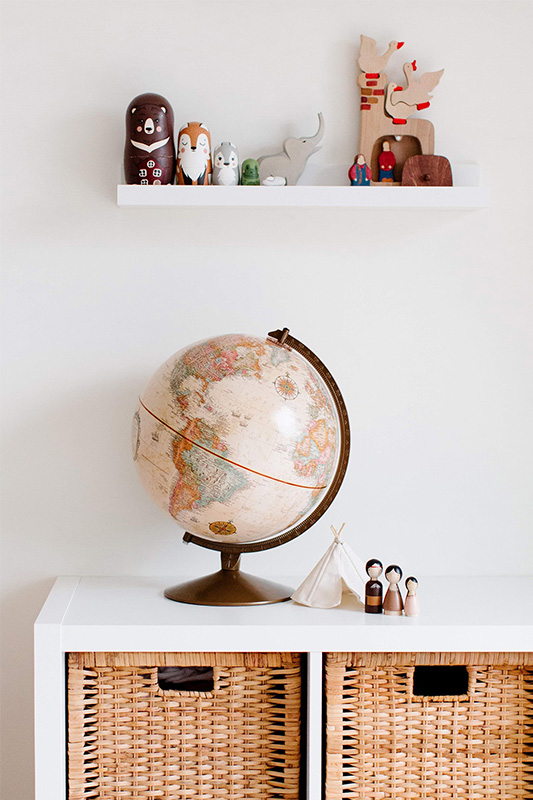Blog
How Design Choices Influence First Impressions
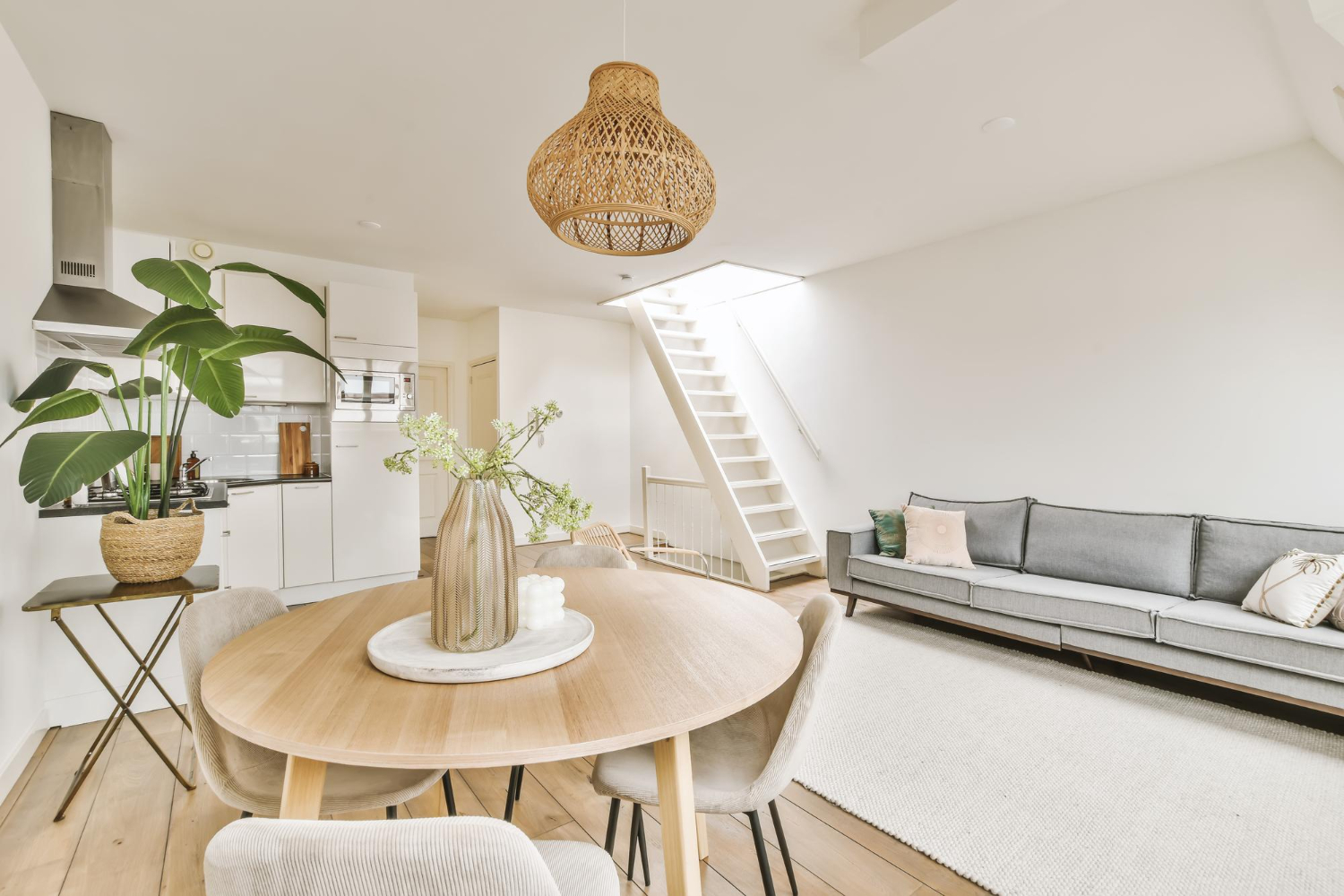
Selling a home means competing for attention in a market where buyers scroll through dozens of listings before deciding which properties deserve a visit. Once they walk through your door, you have minutes (sometimes seconds) to make them feel something. That feeling, more than square footage or price per foot, often determines whether they submit an offer.
Design choices and staging technique control that feeling. Get them right and buyers see a home they want. Get them wrong and they move on to the next listing.
The First Impression Counts
Buyers form opinions fast. Research on consumer behavior shows people make judgments about spaces within the first seven seconds of entering. In real estate, that snap judgment translates directly to perceived value. A cluttered entryway signals neglect. Dark rooms feel smaller than they are. Furniture blocking walkways makes buyers focus on what’s wrong instead of what works.
The initial impression isn’t just visual. It’s emotional. Buyers imagine their furniture in your living room, their kids in your backyard, their morning routine in your kitchen. When a space feels generic enough to project onto but polished enough to impress, you’ve hit the target. When it feels too personal, too dated, or too chaotic, buyers disconnect.
This is where staging becomes critical. It’s not about tricking anyone or hiding flaws. It’s about presenting your home in a way that lets buyers see its potential without distraction. The goal is to remove barriers between what they see and what they imagine.
Why Staging Is More Than Just “Making Pretty”
Staging gets misunderstood. Sellers think it means adding throw pillows and fresh flowers. It doesn’t. Staging is a strategic presentation designed to highlight strengths, minimize weaknesses, and create an environment that appeals to the broadest possible buyer pool.
When you decorate for yourself, you choose colors you love, display items that matter to you, and arrange furniture for your daily routine. When you stage for sale, you strip away personal preference and think like a buyer. What do they expect to see in a home at this price point? What signals quality? What makes a room feel larger, brighter, more functional?
Professional stagers understand these questions because they’ve studied buyer psychology and market trends. They know that neutral palettes appeal to more people than bold accent walls. They understand that removing half your furniture can make rooms feel more spacious. They recognize that every item in a staged home should serve a purpose—either demonstrating function or creating ambiance.
Companies like DeCasa have built their reputation on this approach. Their staged homes look like model units, not because they’re generic, but because they’ve been edited down to the essentials. Every piece of furniture, every lighting choice, every decorative element contributes to a cohesive vision. Buyers walk through these homes and think “I could live here” instead of “this feels like someone else’s house.”
The results back this up. Usually, staged homes spend less time on the market and attract stronger offers than unstaged properties.The investment in staging typically returns multiples of its cost because it shifts buyer perception from “maybe” to “yes.”
Design Decisions That Sellers Often Get Wrong
Most sellers sabotage their own efforts without realizing it. They’ve lived in their homes for years and stopped noticing the design choices that turn off buyers. Here are the mistakes that show up repeatedly:
- Over-personalized décor (too bold, too niche): Your collection of vintage band posters might mean everything to you, but it tells buyers they’re in someone else’s space. Same goes for bold paint colors, niche themes, and any décor that reflects specific taste rather than broad appeal. Buyers need to envision their own style, and that’s hard to do when your personality dominates every room.
- Furniture that blocks flow or makes rooms appear smaller: Large sectionals, oversized dining tables, and pieces positioned for your TV viewing habits often make rooms feel cramped and awkward. Buyers unconsciously judge whether furniture will fit and how they’ll move through the space. If your current arrangement blocks natural pathways or makes rooms look smaller, buyers will register that as a negative even if they can’t articulate why.
- Hard-to-see lighting, dark corners, dated fixtures: Dark corners, outdated fixtures, and spaces that rely entirely on overhead lighting all hurt how buyers perceive your home. Lighting affects mood. Bright, layered lighting makes spaces feel welcoming and larger. Dim or harsh lighting does the opposite. If your home has great natural light, anything blocking it—heavy curtains, overgrown landscaping—is costing you buyer interest.
- Missing visual focal points or cohesion between rooms: Buyers want to understand what each room is for and where their eye should land. A living room with no clear seating arrangement confuses them. Bedrooms filled with exercise equipment make them wonder about space. Rooms that shift wildly in style from one to the next feel disjointed. Design cohesion creates a sense that the home has been cared for and thoughtfully maintained.
These aren’t expensive problems to fix, but they require honest assessment. Walk through your home as if you’re seeing it for the first time. Better yet, ask someone who will tell you the truth about what doesn’t work.
Smart Staging Moves: Practical Design Tactics That Close Sales
Once you’ve identified what’s wrong, you can fix it. Effective staging follows predictable principles that work across price points and property types.
- Declutter + depersonalize: This is step one for a reason. Remove family photos, kids’ artwork, collections, and memorabilia. Clear countertops, shelves, and surfaces. Pack away half your clothes so closets look spacious. Put excess furniture in storage. The goal is to make buyers focus on the home, not your belongings.
- Use light colours and soft textures: Neutral doesn’t mean boring. Shades of white, gray, beige, and soft blues create a blank canvas that appeals to the widest audience. Layer in texture through throws, pillows, and rugs to add warmth without adding personality. This approach makes spaces feel clean, modern, and move-in ready.
- Ensure each room’s function is clear: Don’t make buyers guess what a space is for. If you’ve been using a bedroom as an office, stage it as a bedroom. If your dining room has become a catch-all storage area, clear it out and set a table. Buyers need to see how they’ll use each square foot, and ambiguity costs you.
- Add minimal accessories that signal lifestyle, not just style: A bowl of fresh fruit in the kitchen, a stack of coffee table books in the living room, fluffy towels in the bathroom: these small touches suggest a certain quality of life without overwhelming the space. Three well-chosen accessories beat ten random items every time.
- Focus on key areas: living room, kitchen, main bathroom. These rooms drive buying decisions. Buyers spend the most time on them and judge home quality based on what they see. If your budget or time is limited, prioritize these spaces. A well-staged kitchen can compensate for a mediocre secondary bedroom. A poorly staged kitchen will hurt you no matter what else you do right.
This is where design merges with market insight. You’re not just arranging furniture: you’re demonstrating an understanding of what buyers in your market expect and value.
Even real estate professionals study these design principles while preparing for their license. In their practice exams, agents learn how elements like lighting, layout, and curb appeal affect buyer perception and property value — knowledge they later apply when advising clients on staging and presentation.
Linking Design to Value: Why These Choices Matter
The design and staging decisions you make don’t just change how your home looks. They directly influence the offers you receive and how fast you sell.
According to the National Association of Realtors, staged homes sell 73% faster than unstaged homes. The Real Estate Staging Association reports that staged homes sell for 5-15% more on average than non-staged comparable properties. These aren’t marginal gains.
Buyers mentally calculate value during their walkthrough. They’re not doing appraisals or running comps, they’re forming gut-level judgments about whether your home feels worth the asking price. When the layout flows well, the aesthetics feel current, and they can picture themselves living there, they assign higher value. When any of those elements fail, they start finding reasons to negotiate down or walk away.
This psychological pricing happens whether buyers realize it or not. A home that shows well creates competition. Multiple interested parties drive up offers and reduce time on market. A home that doesn’t show well sits. The longer it sits, the more buyers wonder what’s wrong with it. Price reductions follow, and you end up selling for less than you would have if you’d staged properly from the start.
The investment in staging pays for itself through faster sales and higher offers. It’s one of the few areas in real estate where spending money almost always returns more than it costs.
Conclusion: Design & Staging Are Strategic Moves
Selling a home isn’t just listing it and waiting for offers. It requires strategy. Design choices and staging technique are part of that strategy, just as important as pricing and marketing.
When you align your home’s presentation with what buyers expect and want in your market, you create competitive advantage. You make it easier for buyers to say yes. You remove the friction that causes hesitation and second-guessing.
If you’re planning to sell soon or preparing your home for eventual sale, the design decisions you make now will affect your results later. Decluttering costs nothing but time. Repainting in neutral tones costs a few hundred dollars. Rearranging furniture costs nothing. The return on these small investments can be tens of thousands of dollars and weeks off your time on the market.
Couple these tactical moves with market knowledge, understanding what buyers in your area care about, what comparable homes offer, what price points trigger competition, and you position yourself for the best possible outcome. Design and staging aren’t just about making your home look better. They’re about making your sale happen faster and for more money.




